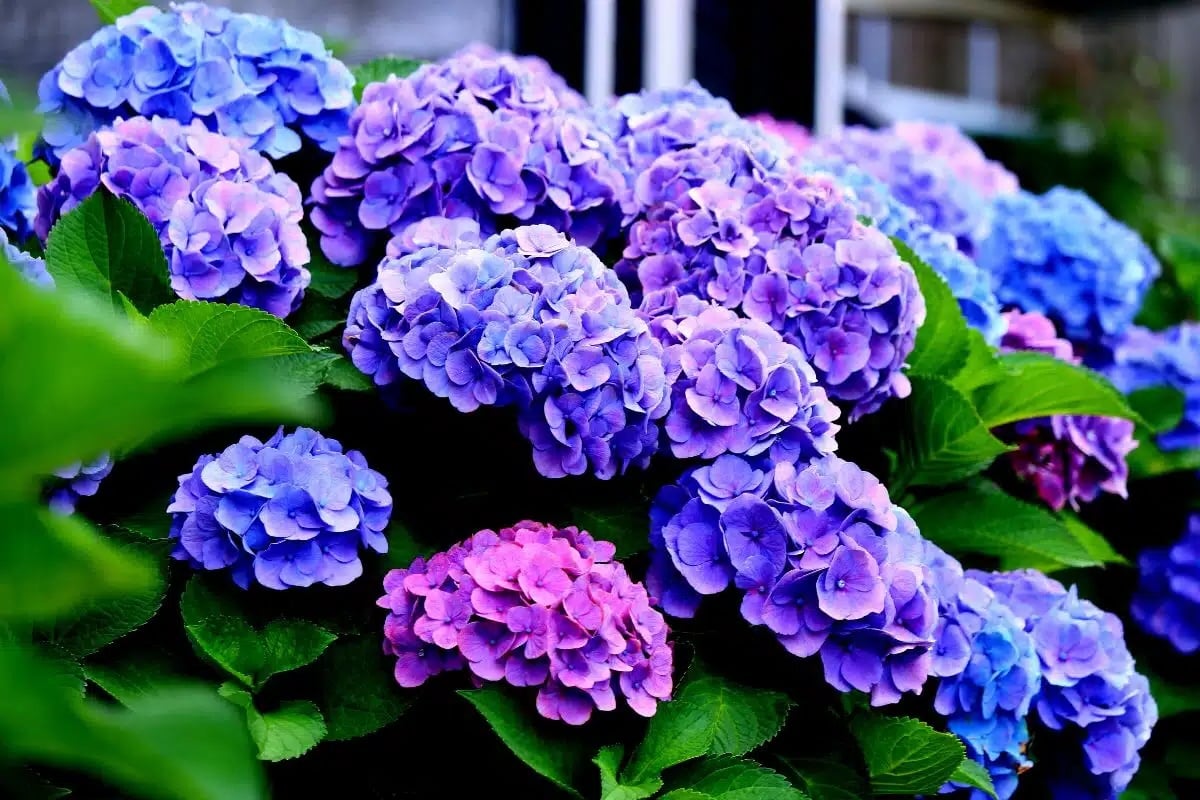For decades, hydrangeas were the stars of summer gardens—big, colorful blooms that made any yard feel alive. But times are changing, and so is the climate. More and more, experts are warning gardeners to step away from planting hydrangeas. The reason? These once-reliable favorites are struggling to survive in today’s hotter, drier world.
Hydrangeas Are Losing the Climate Battle
Hydrangeas love water. They need steady moisture and mild conditions to thrive. But with longer droughts, scorching summers, and drier air, even shaded gardens can’t keep them happy anymore. Gardeners across the country are reporting the same problems: crisp brown leaves in early summer, drooping stems, and faded flowers that never reach their full glory.
One nursery owner shared, “I lost 70% of my hydrangea collection during the 2022 heat waves—even with daily watering. The climate just doesn’t support them anymore.” And watering more often doesn’t always help. In fact, it can make things worse by creating perfect conditions for fungal diseases.
The Warning Signs of Struggling Hydrangeas
If your hydrangeas are in trouble, you’ll notice it fast. Leaves curl and dry up like paper, blooms turn dull instead of vibrant, and stems collapse despite careful care. Many people blame fertilizer or pruning mistakes, but the truth is simpler: these plants just aren’t built for today’s climate.
Even so-called drought-resistant hydrangea varieties are struggling to adapt to rising heat and falling humidity. Gardeners who’ve invested in irrigation systems often end up disappointed, watching their plants wither despite the extra care.
Better Alternatives for Today’s Gardens
The good news? There are plenty of gorgeous, climate-smart alternatives. Drought-tolerant plants like lavender, Russian sage, and ceanothus bring rich color to gardens without constant watering. Ornamental grasses add texture and movement, while fall-blooming perennials offer long-lasting color with minimal care.
Landscape designers are encouraging gardeners to think differently: plant what thrives, not what merely survives. This shift isn’t about giving up beauty—it’s about finding plants that are stunning and sustainable.
A Smarter Way Forward
Saying goodbye to hydrangeas might feel bittersweet, but it’s also a step toward smarter gardening. Choosing plants that naturally handle heat and drought saves water, reduces frustration, and creates a garden that looks better for longer.
Hydrangeas may still grow in a few sheltered microclimates, but for most gardeners, the future lies in embracing change. Climate-adapted gardens are not only more resilient but also just as breathtaking. After all, the best gardens don’t fight the environment—they celebrate it.
